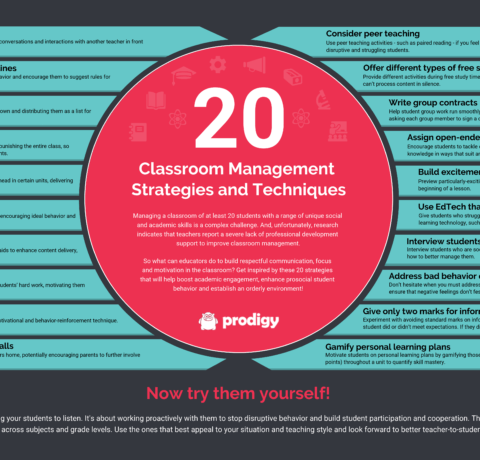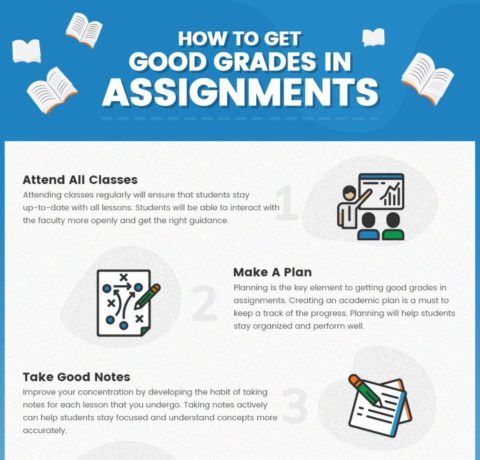The Science of Classroom Design Infographic
On average, US students spend a whopping 11.700 hours of their lives inside school buildings. Studies show that the quality of your classroom environment is a significant determinant of student learning. Classrooms that are painted with color, lighted with full-spectrum lighting, and devoid of visual noise result in improved academic performance and decreased disruptive, off-task behavior.
The Science of Classroom Design Infographic was created by USC Rossier Online, the online master of arts in teaching degree offered through the Rossier School of Education at University of Southern California, to help teachers, parents and school administrators understand the power of brain-friendly learning environments. Here are surprising ways classroom design can help set students up for success.
1. Classroom Layout
Improvements to classroom layout, like creating space for independent work or making a clear pathway to access school supplies. result in a 45% increase in academic engagement.
2. Classroom Color
Purposeful use of color in classrooms and schools can decrease eye fatigue and increase students' productivity.
3. Classroom Walls
Removing clutter on the walls and personalizing student spaces are easy ways to improve student focus, engagement and memorization.
4. Light
Students who are exposed to more daylight in the classroom score 26% higher on math and reading tests than those with less exposure to light.
5. Beyond the Classroom: Digital Spaces
Learning spaces go beyond the classroom walls. Display screens and audio systems are integral to successful digital learning experiences.
View also:







You can adjust your cookie preferences here.